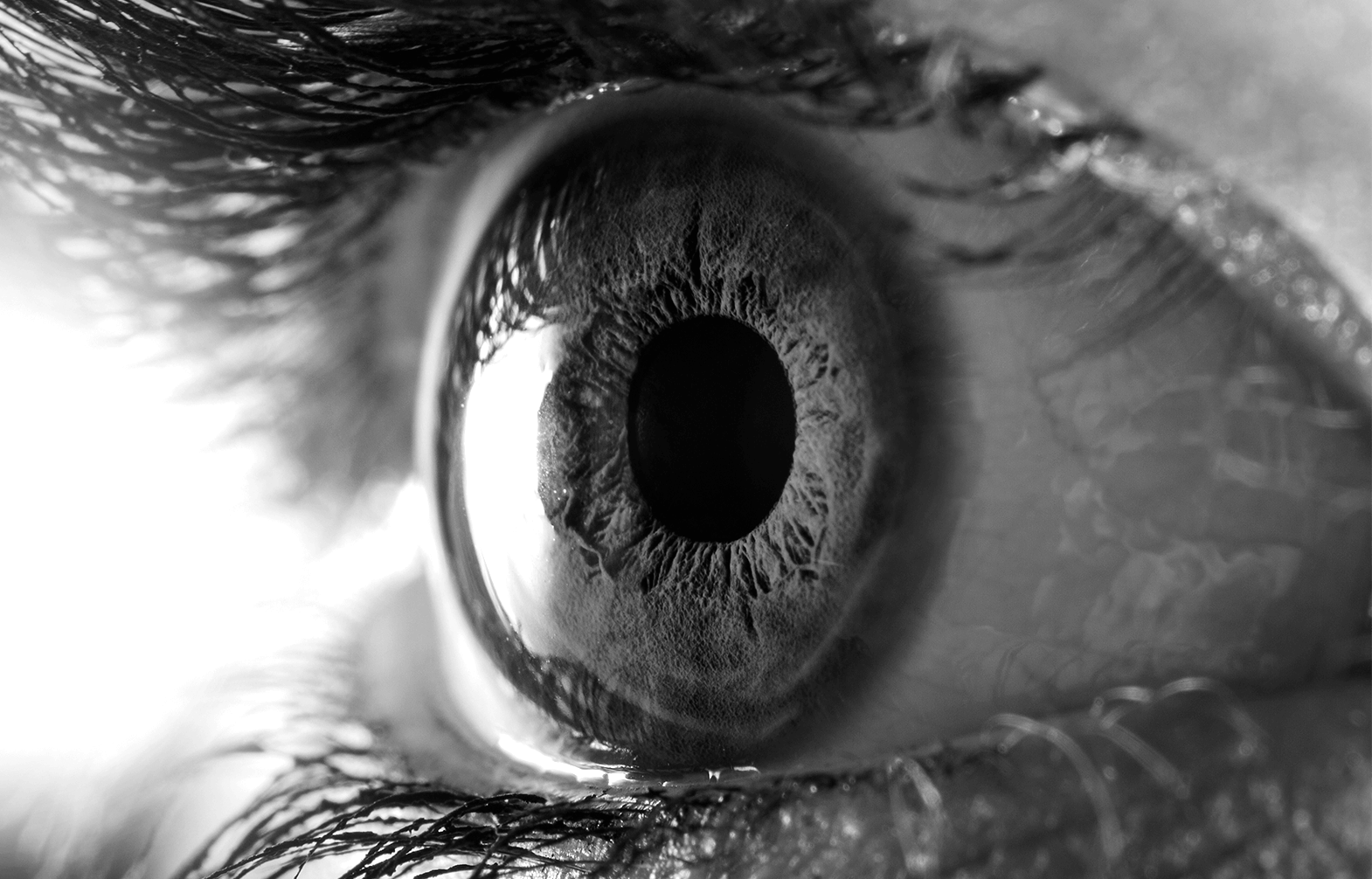Let's Talk

Need Help Urgently?
Call our 24 hour rapid response team now on 03333 050 134
Request a callback
"*" indicates required fields


GBH with intent is a serious criminal offence in England and Wales. It’s also known as grievous bodily harm with intent, meaning that the attack was premeditated and malicious. GBH with intent is one of the most serious assault charges in the UK and can carry a life sentence for those who are convicted. Therefore, it’s important to understand what this charge constitutes, what’s required to prove a GBH with intent charge, and how to defend against it.
This article explains what GBH with intent means, the different types of GBH with intent offences, potential sentences if found guilty of GBH with intent, and how to best protect your legal rights if you’re accused of an offence of this nature.
Bodily harm is a crime that’s committed when someone deliberately inflicts serious physical harm on another person. Bodily harm can be either ‘grievous’ or ‘simple’, depending on the severity of the injuries that are caused. Grievous bodily harm is the most serious form.
GBH is usually defined as ‘really bad’ rather than a specific type of injury. It can range from broken bones, fractures and deep cuts to internal organ damage and loss of sight. The severity of the injury often determines whether the case is classified as an assault or grievous bodily harm.
Intent is the state of mind that the crime of GBH was committed in. For example, if you intended to stab someone in the leg but you accidentally stabbed them in the stomach, this could be defined as GBH. If you intended to stab the person in the stomach, this is GBH with intent. This distinction is very important in a court of law and can sometimes make all the difference when it comes to conviction and sentencing.

GBH with intent refers to the intention behind the crime. It is often difficult to prove intent as it is based on one’s state of mind in the given situation. GBH is the most serious type of assault in the UK. The term ‘assault’ is used to describe any threatening or violent behaviour that causes another person to feel afraid that they are about to be seriously hurt or killed.
Depending on the severity of the injuries, different types of assault are charged. Assault occasioning actual bodily harm (ABH) is the most common type of assault and is defined as an act that causes someone to suffer ‘serious’ but not ‘grievous’ bodily harm. GBH is more serious than ABH and often results in the victim requiring medical treatment.
GBH is a form of assault where someone deliberately causes another person really serious physical injury. GBH with intent to cause serious bodily harm is an even more serious crime than GBH and is usually committed with the aim of seriously harming the victim.
The main difference between GBH and GBH with intent is the intention behind the act. If someone is charged with GBH with intent, it usually means that the person who committed the act meant to cause harm. If someone is charged with GBH but didn’t have the intention of causing harm, it usually means that the person simply lost control and didn’t mean to cause harm.
In the UK, there are three main types of GBH offences, as well as an additional category that can be charged if the victim is a child. The first is assault causing bodily harm (ABH), which carries a maximum sentence of 5 years in prison. The second is grievous bodily harm without intent, which carries a sentence of up to 14 years in prison. The final type is grievous bodily harm with intent, which can carry a sentence of up to life imprisonment.
Each type of GBH has different elements you can be charged with and different penalties depending on the circumstances. It’s also important to note that specific GBH offences can be applied to minors and adults alike. If a minor under the age of 16 is accused of committing an offence that would constitute GBH, then they will be tried in youth court.
There are also some additional offences which are sometimes classified as GBH offences as well, including Sexual Grievous Bodily Harm and attempted murder. Let’s look at each of these offences now so that you can understand the differences and similarities between them.
Assault occasioning bodily harm is the most common type of GBH charge and the one most people are probably familiar with. It’s often charged when the injuries sustained are serious but not life-threatening. This could be anything from a broken leg to a lost tooth, and ABH is usually charged when the injury was caused as a result of another person’s actions.
It’s important to note that this type of GBH does not require the victim to have been injured. It may be charged if the victim believes they were in immediate danger of being injured, even if no harm came of it. ABH carries a maximum sentence of 5 years in prison, but many sentences are often suspended. However, if the injury is deemed to be serious or caused by another person’s negligence, it may be charged as GBH with intent.
Grievous bodily harm without intent is one of the more serious types of GBH charges and carries a potential sentence of up to 14 years in prison. This is the charge that would be applied when a person was deliberately reckless or negligent and caused an injury. This type of GBH is often charged alongside other offences, such as criminal damage or assault, as a way to escalate the severity of the charges.
Keep in mind, though, that it is an offence in itself to cause “really serious harm” without intending to. This could mean anything from a single broken limb to a person’s death. It is also important to note that grievous bodily harm without intent does not require any physical contact between victim and offender. An example of this would be running someone over with a vehicle and causing serious injuries but not intending to hit them.
Attempted grievous bodily harm with intent is a very serious criminal charge and carries a maximum sentence of life in prison. This type of GBH is charged when a person tried but was unsuccessful in causing serious harm to another person. It is often charged alongside other offences, such as assault or criminal damage, as a way to escalate the charges.
In many instances, attempted grievous bodily harm with intent is charged incorrectly. This is often the case when a person attempts to commit an offence with intent but is unsuccessful in doing so. Attempted GBH with intent is a very difficult charge to defend against, and it is important to know all of your legal rights if you are accused of it.
Grievous bodily harm with intent is another very serious charge and carries a potential sentence of life imprisonment. This type of GBH is charged when a person has the intention of causing serious harm to another person or has no regard for their safety. It is often charged alongside other offences, such as assault or criminal damage, as a way to escalate the charges.
It is important to note that intent does not have to be a conscious thought. Intent can be inferred by a person’s action or inaction. It is also important to note that GBH with intent can be charged when a person did not intend to cause serious harm. This could mean anything from a broken limb to causing death.
Sexual grievous bodily harm is a serious criminal offence and carries a potential sentence of life imprisonment. It is charged when a person causes serious injury, such as a broken limb, to another person without their consent. This type of GBH is often charged alongside other offences, such as sexual assault and sexual assault without consent. It is charged when a person causes serious injury during a sexual act without the consent of their partner.
This can include causing injury during consensual activities as well, such as violent acts during rough sex. It is important to note that not all injuries sustained during a sexual encounter are serious. In many cases, a person can heal from their injuries, while in other instances, they can cause permanent damage.
It is important to note that the seriousness of the injury does not determine whether sexual grievous bodily harm was committed. The courts will consider various factors, including the circumstances leading up to the injury, the type and severity of the injury, and the circumstances surrounding it.
Attempted murder is the most serious GBH criminal charge and carries a maximum sentence of life imprisonment. It is charged when a person tries, but is unsuccessful, to kill another person. This type of GBH is often charged alongside other offences, such as assault and theft.
It is also important to keep in mind that attempted murder does not require a specific method of killing. A person can commit attempted murder with almost any means. It is also important to note that attempted murder does not require a specific target. It can be committed against any person, whether they are a loved one or a complete stranger.
If you’re convicted of any form of GBH with intent, you can expect a custodial sentence (sent to prison). If you’re convicted of attempted murder, you are likely to receive a life sentence. However, other forms of GBH with intent will likely result in a prison sentence. The maximum prison sentence for attempted murder is life.
For attempted grievous bodily harm with intent, the maximum sentence is 14 years. For reckless endangerment of life, the maximum sentence is ten years. For wounding or inflicting grievous bodily harm, the maximum sentence is life. However, in some cases, GBH with intent can be charged as a sexual offence and could result in a longer sentence in these circumstances.
The prosecution will need to show that you intended to cause a person “grievous bodily harm” when you assaulted them. “Intent” means that the prosecution must show that you wanted to cause someone harm. If you were defending yourself from attack, you might argue that you didn’t intend to cause them harm.
The prosecution will argue that you should have foreseen that you might cause harm even in self-defence. The prosecution must prove that you intended to cause grievous bodily harm with “the least intention”. This means that you must have intended to cause at least some harm. You would not be guilty of GBH with intent if you accidentally caused a person injury or if you caused harm without meaning to do so.
If you are charged with GBH with intent, you could consider defending the charge by arguing that you didn’t intend to cause the person harm. If the prosecution can’t prove that you intended to cause harm, it would be very difficult for them to prove a GBH with intent charge. You might also argue that you lacked the intent to cause serious harm because you didn’t use a weapon.
You also might argue that you were defending yourself from attack when you caused the injury. If you were defending yourself, you would need to show that you used the least amount of force necessary to defend yourself. This means that you would need to prove that you didn’t use more force than was necessary to defend yourself and that you didn’t cause the victim more harm than was necessary to protect yourself from attack.
If you’re charged with GBH with intent, it’s essential that you hire a criminal defence solicitor as soon as possible. Your solicitor will be able to advise you on the best way to proceed with your case and help to protect your rights.
Hiring a solicitor as soon as possible will give them enough time to find out what happened and to come up with the best possible defence. Once you’ve got a solicitor, they will take care of everything.
They’ll guide you through the court process, represent you at all of your hearings, and deal with all of the paperwork. Your solicitor will also collect evidence that can be used to defend your case and challenge the prosecution’s claims.
Hopefully, this article has helped to inform you about what grievous bodily harm with intent is, what the difference is between GBH and GBH with intent, the potential sentences if convicted of GBH with intent, and what you need to do to defend against this very serious charge.
If you’ve been charged with GBH with intent, it’s important that you get in touch with a criminal defence solicitor as soon as possible. Your solicitor will be able to help you to build a strong case and will be able to advise you as to what would be best in your case.
What is Affray and What Can You Do If You are Charged with Affray?
Charged with or Accused of Assault and Battery? What Are Your Options?
What happens after you have been questioned by the police under caution?


Call our 24 hour rapid response team now on 03333 050 134
"*" indicates required fields
"*" indicates required fields